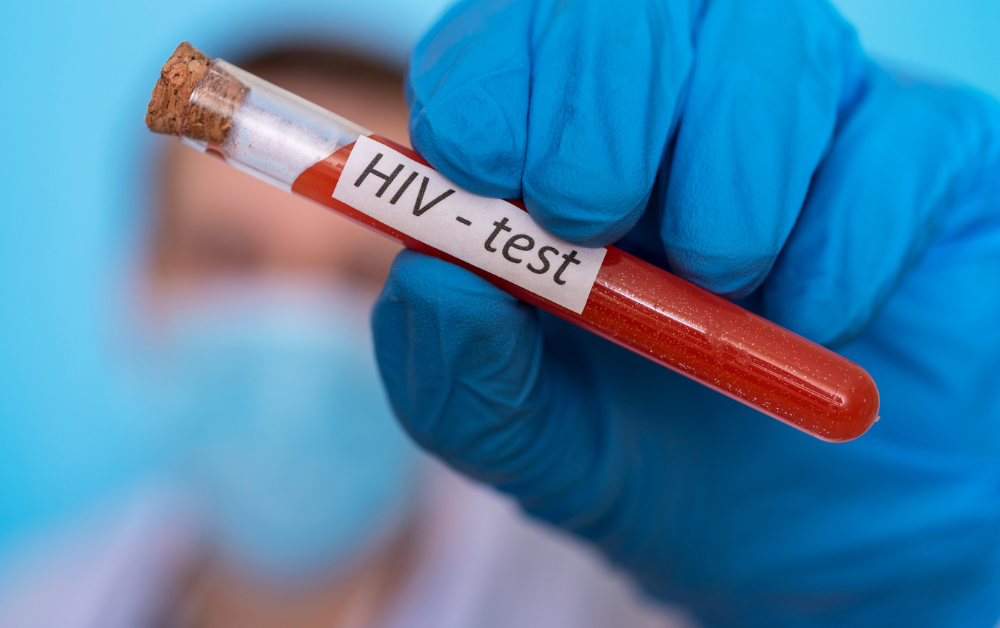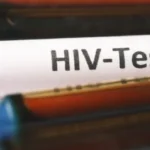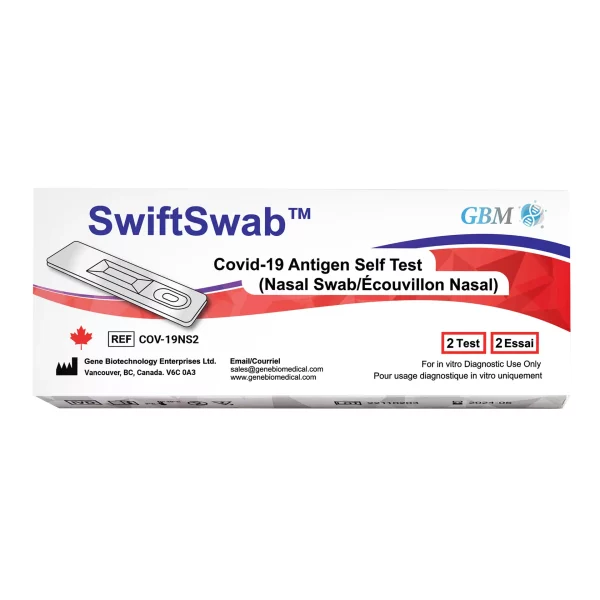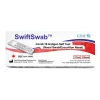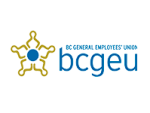Receiving an HIV diagnosis marks the beginning of a new chapter that, while challenging, is far from the end of your story. With advancements in medical science, being diagnosed with HIV today means you can still lead a fulfilling and healthy life.
Here’s a glimpse of your journey ahead.
Understanding your diagnosis
After receiving an HIV diagnosis, it’s time to deepen your understanding of what this means for your health and life moving forward. Aside from looking at it from the medical aspect, it’s also about integrating this new reality into your life.
Learning about HIV involves understanding how the virus works, specifically the following:
- How it affects your body
- How it’s transmitted to others
- How it progresses
While absorbing all the information, having emotional support can tremendously help in this phase. Disclosing your status to family and friends is a personal decision and one that requires careful consideration of the legal considerations surrounding HIV status disclosure.
When you’re ready to reach out to others, here are what you can do:
- Seek counseling services
- Join support groups
- Disclose your status to family and friends
Learning about HIV
Understanding HIV begins with recognizing it as a virus that targets the immune system, particularly your CD4 cells. As HIV continues to infect and destroy CD4 cells, your body’s immune system becomes increasingly compromised.
HIV transmission methods
You can get HIV if you’re exposed to infected bodily fluids such as:
- Blood
- Semen
- Vaginal fluids
- Breast milk
That said, the primary routes of transmission include:
- Unprotected sexual contact
- Needle sharing
- Mother-to-child transmission during childbirth or breastfeeding
Stages of HIV Infection
The progression of HIV infection occurs in stages:
- Acute infection. This manifests a few weeks after exposure with flu-like symptoms.
- Clinical latency. At this phase, you may feel asymptomatic though the infection is still active.
- AIDS. Without treatment, HIV can advance to AIDS.
Interpreting your test results
If you test positive, it means that there’s a presence of HIV antibodies or antigens in your system.
To confirm this, your healthcare provider can do confirmatory tests such as the Western blot or PCR tests.
Medical care and treatment
After an HIV diagnosis, it’s critical to establish a relationship with a healthcare provider who specializes in HIV care. These specialists are equipped to guide you through the complexities of HIV management, including the initiation of antiretroviral therapy (ART).
ART is the cornerstone of HIV treatment, and it’s designed to reduce your viral load to undetectable levels, which preserves the immune system and prevents the progression to AIDS.
Choosing the right ART regimen is a personalized process. Your healthcare provider will help you take into account various factors such as the following:
- Potential side effects
- Drug interactions
- Your lifestyle
Monitoring your health
Schedule regular consultations and have open communication with your healthcare provider. This includes discussing any new symptoms or health concerns that emerge while on ART.
Managing your health
When dealing with your new reality, keep in mind that the approach goes beyond adhering to ART. You should also make smarter lifestyle choices that include:
- Sticking to a healthy diet
- Exercising regularly
- Seeking a reliable mental health support system
- Using stress management techniques
- Steering clear of substances that could compromise your immune system
Long-term management
Once you’ve adjusted to your condition and you’ve religiously adhered to ART, here’s what you can do next.
- Regular health check-ups. Doing so can help in assessing the progression of the disease at the efficacy of the treatment regimen.
- Annual comprehensive exam. This provides a detailed evaluation of your overall health and addresses any concerns that may not emerge during routine visits.
- Preventive screenings. These are crucial for the early detection of conditions that may be more prevalent or severe if you have HIV, such as specific cancers and heart disease.
- Manage side effects. Be open with your healthcare provider about side effects so you can work together on effective management strategies.
- Preventing transmission. A critical goal of long-term HIV management is to prevent transmission to others. This includes maintaining an undetectable viral load through consistent treatment and engaging in safer sex practices.
Key takeaway
An HIV diagnosis marks the beginning of a new journey, one that, with proper care and support, can still lead to a fulfilling and healthy life. By adhering to antiretroviral therapy, making informed lifestyle choices, and seeking regular medical care, you can manage the virus effectively and prevent its progression.
With the right support network and preventive measures, you can also reduce the risk of transmission and maintain an excellent quality of life.
Explore our shop for high-quality HIV tests and take control of your health today.
